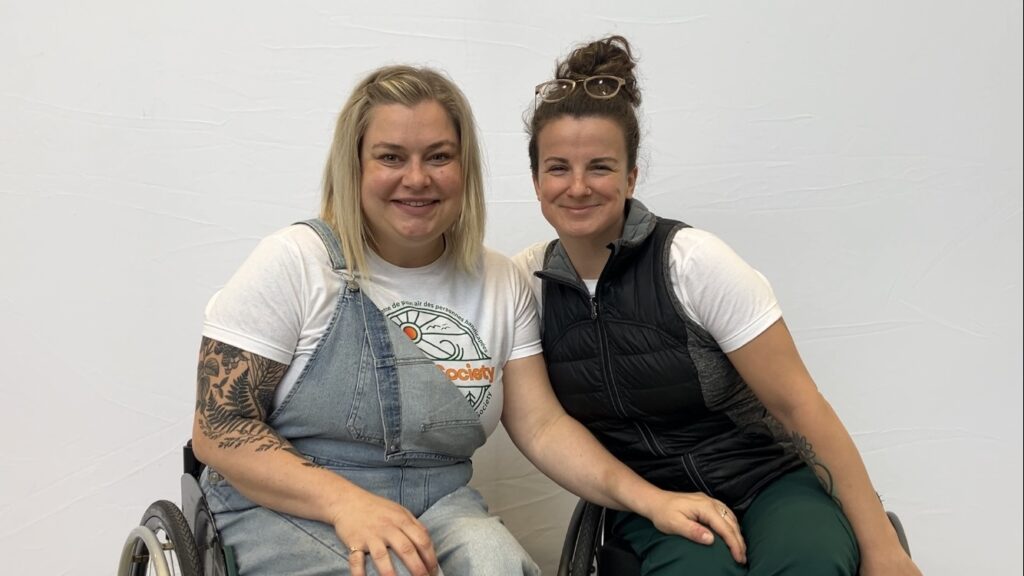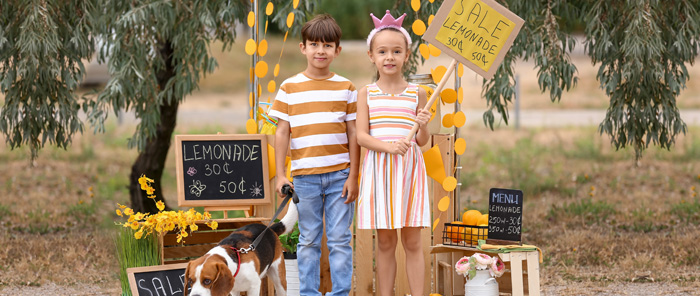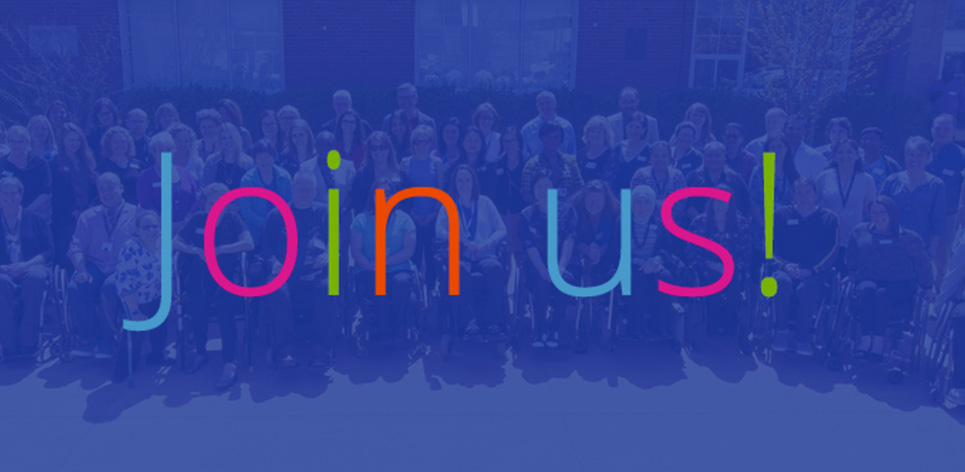At Spinal Cord Injury Ontario, we’re proud to celebrate Pride Month by uplifting the voices of 2SLGBTQ+ community members who live at the intersection of queerness and disability. Pride is about visibility, authenticity, and the right to be seen — and that includes making space for the diverse lived experiences within our own community.
This month, we had the privilege of connecting with Elsa and Cam, two queer disabled individuals who generously shared their stories, insights, and reflections with us. Through honest and powerful answers, they shine a light on what it means to navigate the world as both queer and disabled — and the importance of creating spaces that are truly inclusive from the start.
To Elsa and Cam: thank you for your time, your candour, and your continued advocacy. Your voices are vital, and we’re honoured to share them here.
Q and A with Elsa and Cam
How do you identify within the 2SLGBTQ+ community, and how has your disability shaped that journey?
I identify as Queer, and my disability was part of my life before I began to grow into my queerness. Looking back, though, I can see how present my queerness was throughout my youth. I just didn’t have the words, the understanding, or the support at the time. In many ways, living with a disability laid the foundation for how I approached my queer identity, teaching me early on how to navigate difference, advocate for my needs, and build community outside of the “norm.”
Have you experienced barriers in Queer spaces because of your disability? What would make those spaces more inclusive?
Absolutely. The barriers are almost always there — stairs, bathrooms, assumptions. But the hardest part is knowing we’re rarely expected to be there. Inclusion starts by expecting us, not accommodating us after the fact.
Where do you feel most supported and seen as both Queer and disabled?
Honestly, it’s the queer disabled friendships that keep me afloat. There’s nothing like being with people who just get it — no long explanations, no disclaimers. Whether it’s a group chat, a meme exchange, or venting about access fails, those friendships are home. That kind of community isn’t a bonus — it’s survival, and it’s joy.
What kind of representation of Queer disabled people do you see in media or public life? What’s missing?
We’re starting to see some representation, but it’s still mostly either inspiration porn or tragedy. I want the full range — messy, joyful, awkward, hot, hilarious disabled queer people just living. Honestly, social media is doing more for real representation than most media execs, thanks to disabled queer folks sharing their lives. Also: where are the funny disabled queer characters? We’re hilarious — cast us!

How do you take care of your mental health while navigating ableism or queerphobia?
I’ve learned to be intentional about where I put my energy. Activist burnout is real, and I’ve lived it. Now, I choose my battles, protect my peace, and pour into relationships that fill me up instead of draining me. Reconnecting with nature through adaptive mountain biking has been huge — it’s given me a space to breathe, move, and heal, while building new friendships with other queer folks in that world. My queer disabled friendships, both on and off the trail, have become one of my most powerful forms of care.
What do you wish more people in the Queer community understood about disability?
That accessibility isn’t a separate issue, it’s part of the fight for liberation. That you can’t truly be inclusive without considering disability. And that disability isn’t automatically tragic or pitiable, it can be powerful, creative, and deeply Queer in its own right.
What are your thoughts on SCIO’s new 2SLGBTQ+ Drop-In Group?
I think it’s such a needed space. As a longtime mentor, I’ve had the opportunity to support other queer folks with newly acquired injuries — and too often, I’ve had little to no resources to offer that reflect their full identities. Most of what’s out there is very cis, very heterosexual, and doesn’t speak to the realities of navigating both queerness and disability. My hope is that SCIO truly believes in the importance of creating this space — not just to check a box, but to fill a real gap. This drop-in has the potential to build genuine community where folks can connect, share, and have conversations that rarely happen elsewhere. That kind of space is powerful and transformative.
Couples Questions (answered solo)
How has being part of both the disability and 2SLGBTQ+ communities shaped your relationship?
Being part of both the disability and 2SLGBTQ+ communities has shaped our relationship in ways that feel really grounding. We both come from experiences that taught us to navigate a world not always built for us — so communication, flexibility, and creativity have become second nature. We’ve learned to build a relationship where accessibility isn’t a question, it’s the default. And being part of these communities means we also share a deep understanding of what it means to live outside of other people’s expectations — which has only made our relationship stronger, funnier, and more full of joy.
What have been some of the joys and challenges in navigating accessibility and identity together as a couple?
My partner and I both have similar disabilities and accessibility needs, which means we really get each other’s world in a way most people don’t. Navigating each other’s accessible spaces (and our families’) has made life easier. We’re building a life that works for us, celebrating the little wins, and fully seeing and supporting each other for who we are. And even though our experiences are similar, I keep learning — like when I agreed (somehow) to go tent camping in October in 2 to 5 degree weather. I didn’t think I’d ever be back in a tent, but love makes you do weird things. That trip confirmed what I suspected: glamping as two paraplegics is superior.
The challenges? When we first started dating, it really forced me to confront my own internalized ableism — wondering what people would think seeing two visibly disabled people together. But honestly? The love, joy, and ridiculous adventures far outweigh any of those old fears. Sharing this journey together makes it all that much sweeter and magical.


